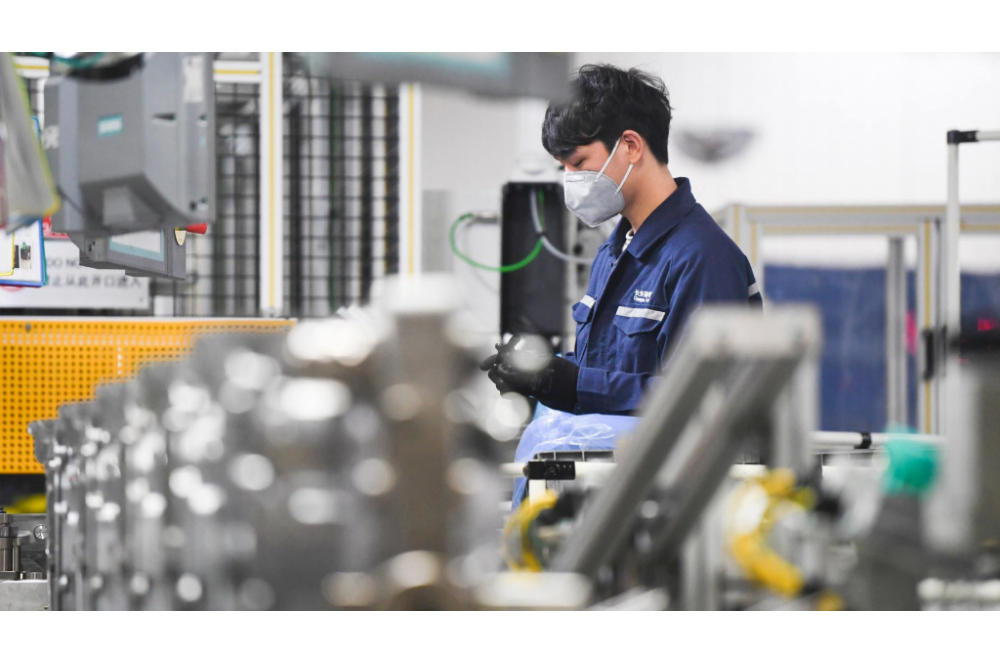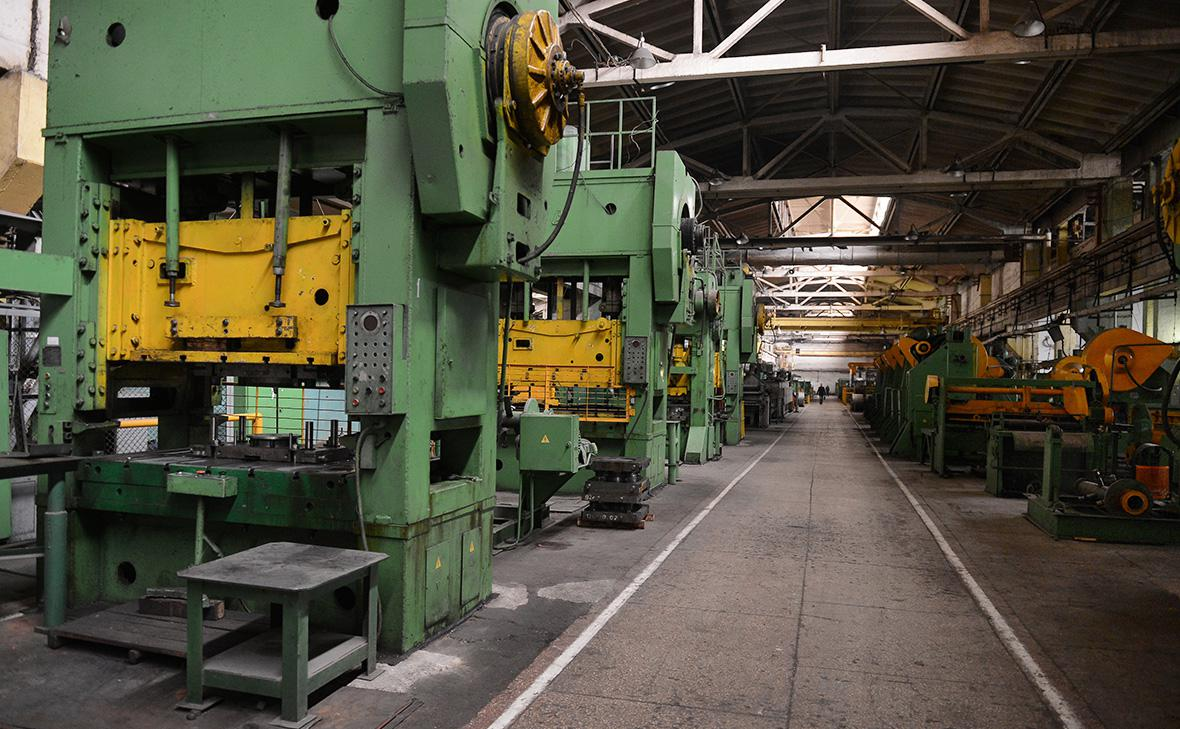No more manufacturing downtimes
Get started with your project07 February 2025
3 Risks of Contract Manufacturing
Collaborating with contract manufacturers can offer businesses cost efficiencies, specialized expertise, and scalability. However, this partnership is not without its pitfalls. Below, we explore 3 recurring challenges companies face when outsourcing production - and how to mitigate them.
1. Quality Control Issues
Differences in quality standards between brands and CMs often lead to defects, recalls, or customer dissatisfaction. For example, a manufacturer might prioritize speed over precision, resulting in subpar products that damage the brand’s reputation. Implementing rigorous quality assurance protocols, conducting regular audits, and aligning expectations upfront are critical to avoiding these risks.
2. Production Delays
CMs may cut corners to avoid overtime labor costs, causing missed deadlines. Seasonal demand spikes or equipment breakdowns exacerbate delays. Include liquidated damages clauses in contracts and maintain open channels for progress updates to hold CMs accountable.
3. Lack of Transparency
Some CMs fail to report production deviations promptly, making it difficult to trace defects. A food brand, for instance, might discover contamination only after products reach retailers. Demand access to real-time production data and insist on incident reporting protocols.
While partnering with contract manufacturers unlocks growth opportunities, businesses must proactively address these challenges. Strategies like thorough due diligence, clear contracts, robust communication, and contingency planning can turn potential risks into competitive advantages. By fostering collaborative relationships and maintaining oversight, companies can ensure their outsourcing partnerships drive long-term success
Are you a contract manufacturer yourself?
Take this advice and explore new possibilities with MDCplus. What you get - capacitiy from the thin air, along with more efficiency from the same equipment.
Ready to increase your OEE, get clearer vision of your shop floor, and predict sustainably?
Other articles
31.12.2025
Best Free & Open Source ITAR & ISO Compliance Management Software for Manufacturers
This article covers free and open-source software manufacturers actually use to manage compliance obligations without buying heavy GRC suites that were designed for banks and insurance companies.
Read more
30.12.2025
Must-Visit Industry 4.0 & Precision Machining Events - January–February 2026
The events listed below represent the most relevant global meeting points in early 2026 for professionals who make long-term decisions on CNC equipment, automation, and smart factory investments
Read more
29.12.2025
Best Free & Open Source Industrial AI and ML Platforms
This list focuses on free and open-source platforms that are realistically used for industrial analytics, predictive maintenance, quality analysis, and process optimization
Read more
26.12.2025
Top CNC Lathe Manufacturers to Consider in 2026
This article explains which parts each manufacturer’s equipment is typically used for and how professionals match machines to real production needs
Read more
25.12.2025
Best Free & Open Source Software for Manufacturing Logistics
This article focuses on free and open-source software that manufacturers actually use. No retail tools. No courier platforms. Only systems relevant to factories and machine shops.
Read more

